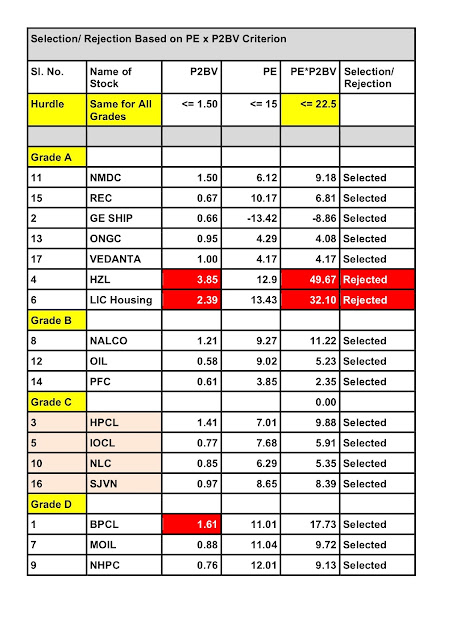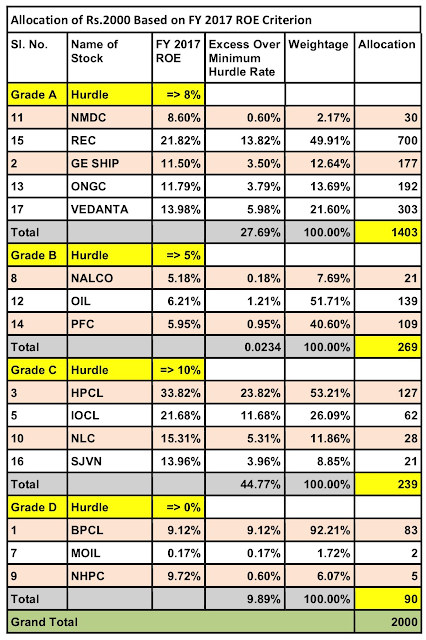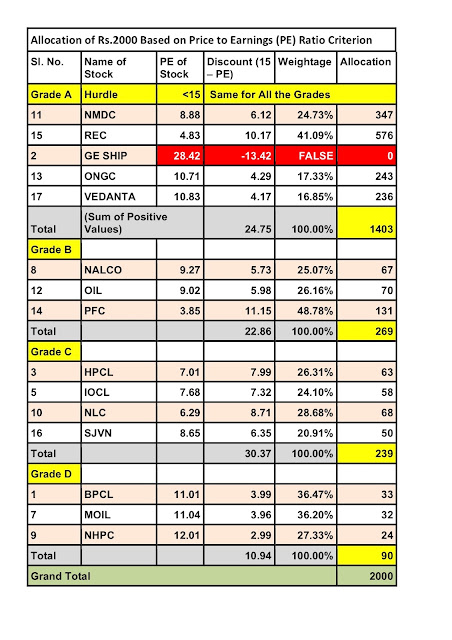Dividend Payout Ratio – Meaning
Dividend Payout Ratio measures the proportion of the profits the company distributes to its shareholders as a dividend. The part that is held back is called retained earnings.
Dividend Payout Ratio – Formula
Dividend Payout Ratio – Example
Rural Electrification Corporation Ltd. (REC)’ earned Rs.6,245.76 crores (1 crore = ten million) as profits after all expenses, including income tax. This sum is called the net profit or profit after tax or PAT earned by the company. REC distributes Rs.1,881.06 crores by way of dividends.
Applying the formula described above, we see that the dividend payout ratio works out to 30.12%.
Importance of Dividend and Dividend Payout
Dividends are the wages of the investors. Whatever may be the companies earnings the fruits or rewards that flow into the hands of investors is only the dividend. Therefore companies should distribute a sizeable portion of the profits to the shareholders in the form of dividends. However, most often we find that management of companies tend to be stingy when it comes to distribution of dividends. They justify the nonpayment or inadequate payment on the grounds that they are retaining the profits for business growth. This is stand is totally unfair and unjustified. For history shows that many companies that have not paid dividends one day became bankrupt. And what did the investors get in return? Nothing! Neither dividends while the company was doing well nor the return of the capital invested - for after becoming broke the shares became worthless.
Now, what is the proportion of profit distribution by way dividends that is considered good?
In my opinion and experience, 25% of the net profits is the bare minimum. 30% is reasonable and good. Anything above 30% is appreciable and welcome.
I present here five companies each that:
I present here five companies each that:
- Paid no dividends despite having profits,
- Distributed between 25 to 30% of their net profits as dividends and
- Those that distributed over 40% of their net profits in the form of dividends
The above data relates to the last financial year, that is the year ending 31st March 2017.
Conclusion
Dividend payout ratio means the percentage of net profits of a company distributed by way of dividends among shareholders. As investors, we should invest only those companies that are generous in distributing dividends. The reason is that as investors dividends are the essential, regular returns on investments. We should penalise the companies that pay no or negligible dividends on the pretext of the growth of the company.













